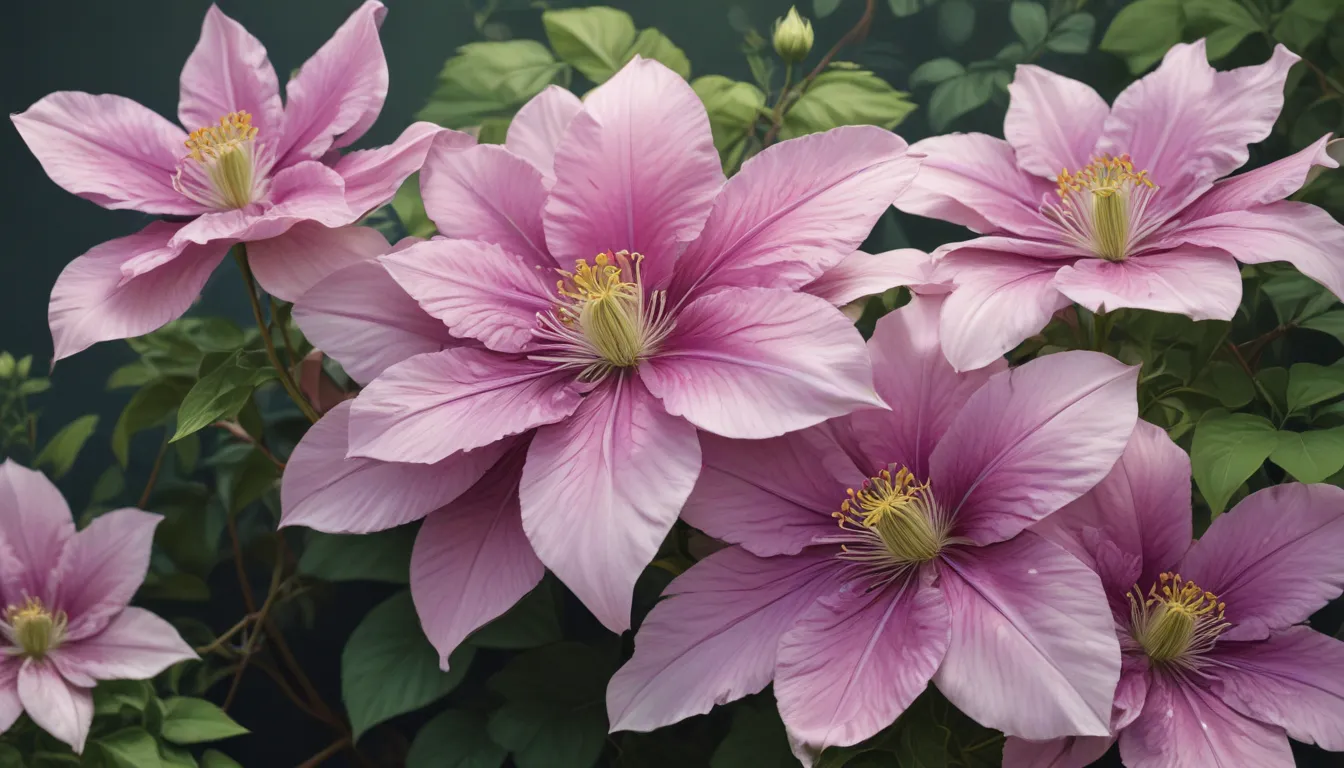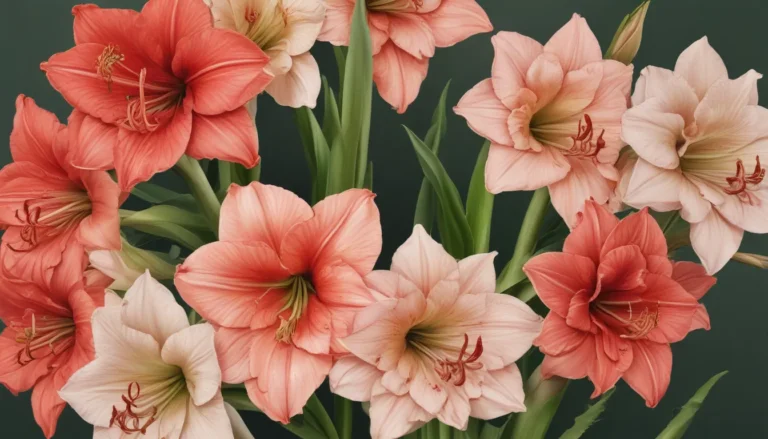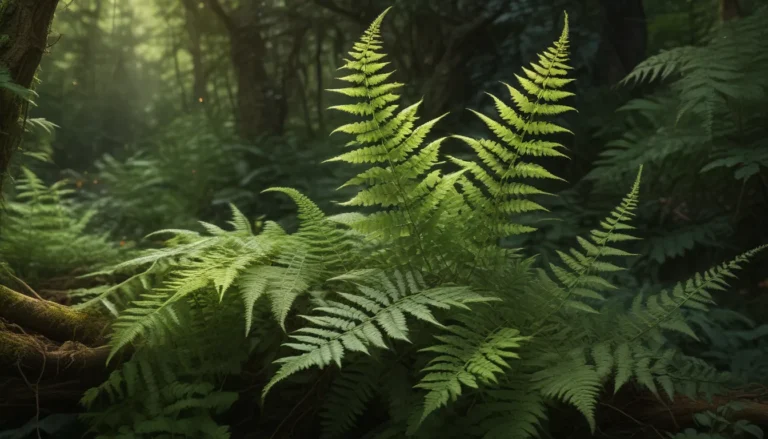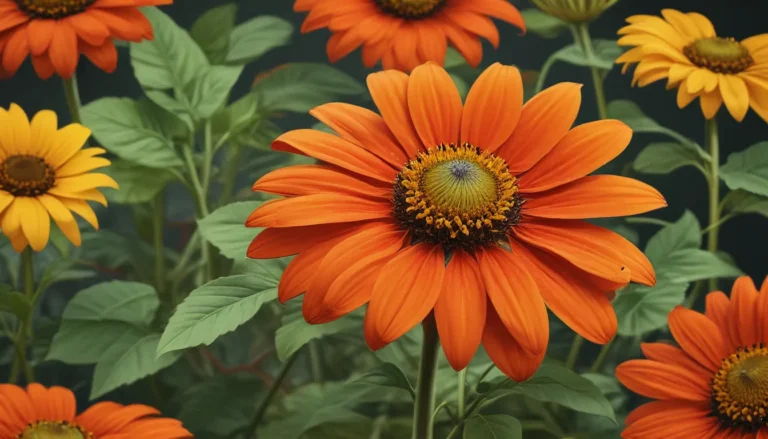The pictures we use in our articles might not show exactly what the words say. We choose these pictures to make you interested in reading more. The pictures work together with the words but don’t take their place. The words still tell you the important facts.
Are you ready to embark on a journey into the enchanting world of clematis? This versatile and stunning flowering plant, with its vibrant blooms and climbing abilities, is sure to capture your heart. In this article, we will delve into 17 extraordinary facts about clematis that will deepen your appreciation for this remarkable plant. From its diverse range of colors and shapes to its unique growing habits, clematis is a beloved choice for gardens, trellises, and arbors worldwide.
The Versatile Beauty of Clematis
Clematis, a member of the Ranunculaceae family, is a versatile flowering plant that adds elegance and beauty to any garden or landscape. With its stunning flowers available in a variety of colors including white, pink, red, purple, and blue, clematis is a true gem in the world of flowering plants.
The Climbing Marvel of Clematis
One of the most extraordinary features of clematis is its ability to climb. Using its twining leaf stalks, clematis can elegantly scale walls, fences, trellises, and even trees, creating a breathtaking vertical display of flowers in your garden.
The Long-Blooming Charm of Clematis
Unlike many other flowering plants, clematis boasts a long blooming period, typically from late spring to early fall. This extended blooming season allows you to enjoy the beauty of its flowers for several months, adding color and interest to your garden throughout the growing season.
The Diverse Shapes and Sizes of Clematis Flowers
From large and showy to small and delicate, clematis flowers come in a wide range of shapes and sizes. Some varieties feature flat, open flowers, while others boast bell-shaped or urn-shaped blooms. This diversity makes clematis a fascinating plant to grow and admire.
The Abundance of Clematis Species
Clematis is a diverse genus with over 300 different species, each possessing its own unique characteristics such as flower color, bloom time, and growth habit. This wide variety of options allows gardeners to select the perfect clematis for their specific preferences and needs.
Growing Clematis in Containers
Don't have a large garden or climbing structure? Not to worry! Clematis can thrive in containers with the proper support. Simply provide a sturdy trellis or stake for the vine to climb, and you can enjoy the beauty of clematis on your patio or balcony.
Understanding Clematis Pruning Groups
Clematis is categorized into three main pruning groups based on their blooming habits. Group 1 includes early-flowering clematis that bloom on old wood, Group 2 consists of varieties that bloom on both old and new wood, and Group 3 comprises late-flowering clematis that bloom on new wood. Knowing the pruning requirements of your clematis is crucial for its care and maintenance.
Symbolism of Clematis
In Victorian times, clematis symbolized mental beauty and intelligence, with its delicate flowers representing the intricate workings of the mind. Today, clematis is admired for its captivating beauty and is often seen as a symbol of refinement and grace.
Attracting Butterflies and Bees with Clematis
The nectar-rich flowers of clematis attract butterflies and bees, creating a welcoming habitat for these important pollinators in your garden. By planting clematis, you can support biodiversity and contribute to the overall health of your ecosystem.
Propagating Clematis from Cuttings
If you wish to expand your clematis collection, you can easily propagate them from cuttings. By taking a stem cutting from a healthy clematis plant and providing it with the right conditions, you can grow a new plant that is genetically identical to the parent plant.
The Etymology of Clematis
The name "clematis" originates from the Greek word "klematis," meaning "climbing plant." This name perfectly reflects the remarkable climbing ability of clematis and its tendency to twine around available supports.
Medicinal Uses of Clematis
Certain species of clematis have been utilized in traditional medicine for their healing properties. For example, Clematis vitalba has been used to alleviate conditions like rheumatism and joint pain. However, it is essential to consult a healthcare professional before using clematis for medicinal purposes, as not all species are safe for consumption.
Fragrance in Clematis Flowers
While not all clematis varieties are fragrant, species like Clematis armandii and Clematis montana produce delightfully scented blossoms. The sweet and intoxicating fragrance of these clematis flowers adds an extra sensory layer to your garden.
Clematis’ Adaptability to Various Climates
Clematis can thrive in a wide range of climates, from cold temperate regions to warm subtropical areas. However, different species and varieties may have specific climate preferences, so it is important to select clematis that suits your local climate.
Centuries of Cultivation
The cultivation of clematis dates back centuries, cherished by gardeners and horticulturalists for its stunning blooms and climbing abilities. Over time, numerous hybrid varieties have been developed, offering an even wider selection for garden enthusiasts.
Impressive Heights of Clematis Vines
Certain clematis vines have the potential to reach remarkable heights. Species like Clematis montana can climb up to 20 feet or more, creating an awe-inspiring vertical floral display in your garden.
Adapting to Various Soil Types
Clematis can adapt to different soil types, including loam, clay, and sandy soil. However, it thrives best in well-draining soil rich in organic matter. Enhancing soil fertility with compost or well-rotted manure can provide the necessary nutrients for healthy clematis growth.
In conclusion, the 17 extraordinary facts about clematis highlight the unique and fascinating characteristics of this remarkable flowering plant. Whether you are a seasoned gardener or simply admire the beauty of nature, clematis is a standout choice for enhancing any landscape. Its climbing abilities, diverse flower shapes and colors, and long blooming period make it a remarkable addition to gardens of all sizes. Consider adding a clematis vine to your own backyard and discover the extraordinary beauty it brings.
Frequently Asked Questions
Q: Are all clematis vines climbers?
A: While most clematis varieties are climbers, some have a shrub-like or herbaceous habit.
Q: How do I prune my clematis?
A: Pruning techniques vary by clematis type, so it is best to consult a gardening guide or expert for specific advice.
Q: Can clematis thrive in containers?
A: Yes, clematis can be grown in containers with proper support and care.
Q: Do all clematis plants have the same flower color?
A: No, clematis flowers come in a wide range of colors.
Q: Can clematis plants adapt to different climates?
A: Yes, there are clematis varieties suited to various climates.
Q: How often should I water my clematis?
A: Clematis prefer consistently moist soil, especially during hot and dry periods.
Q: Do all clematis plants require full sun?
A: While many clematis varieties thrive in full sun, some can tolerate partial shade.
Q: Are clematis plants prone to diseases or pests?
A: Like any plant, clematis can be susceptible to certain diseases and pests, requiring regular monitoring and care.
Delve even further into the captivating world of clematis with our article "15 Intriguing Facts About Clematis." For aspiring entrepreneurs, explore our top picks for the "8 Best Books For Entrepreneurs," offering inspiration and guidance on your journey to success.
Ensuring Your Success
Our commitment to delivering reliable and engaging content is reflected in each fact contributed by real users like you. Our dedicated editors meticulously review each submission to uphold the highest standards of accuracy and authenticity. Trust in our quality and authenticity as you discover and learn with us.






